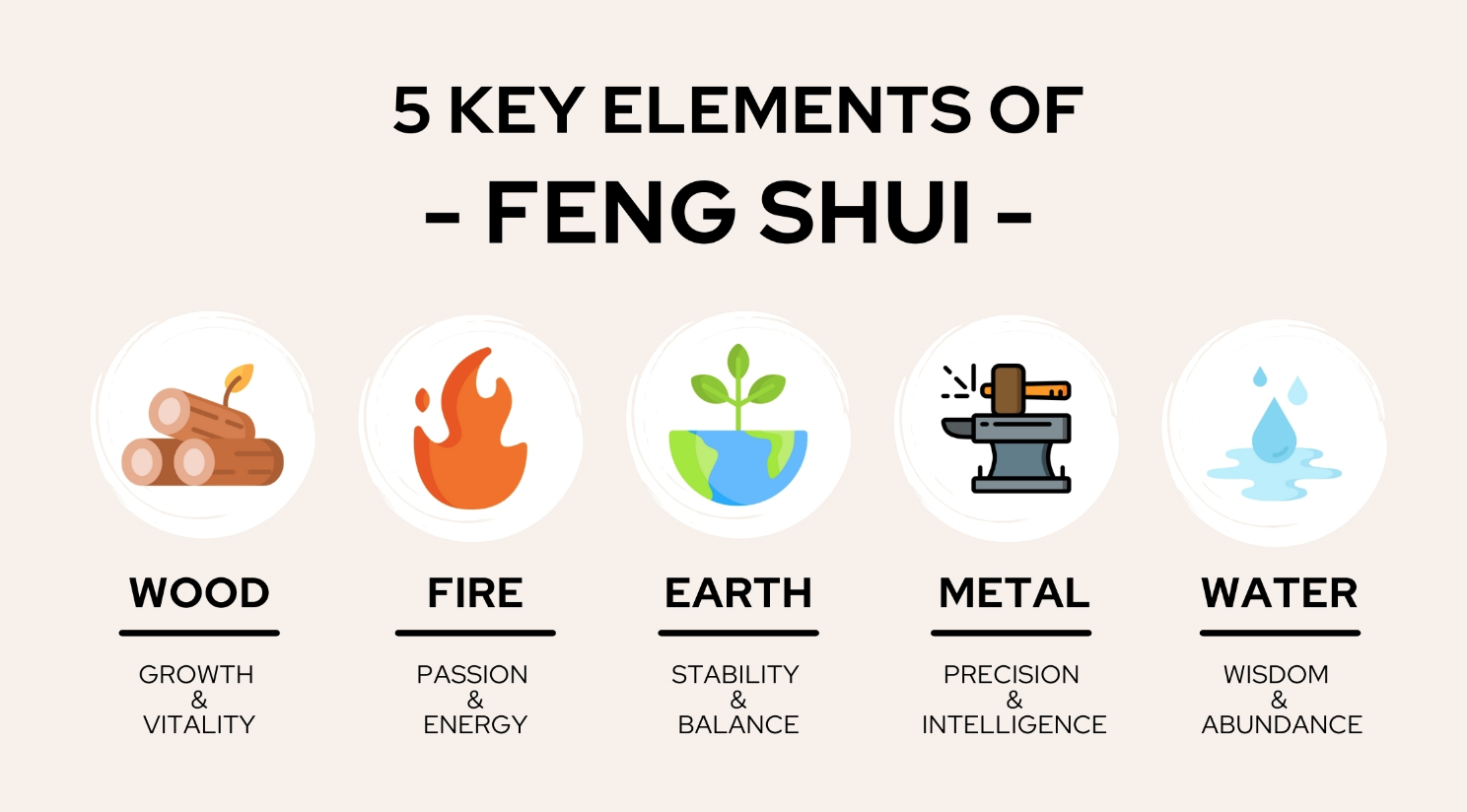Feng Shui
What is Feng Shui
Feng Shui translates to ‘Wind and Water’ and was a system developed in China about 6000 years ago which originated in astrology and is another arm of Chinese Medicine, with ancient cultures designing burial plots to align with celestial objects like stars. Over millennia, practitioners refined the practice eventually expanding it into urban planning, then into the home itself.
In Chinese culture, wind and water are both associated with good health and so it came to mean good fortune. Based on Taoism and an understanding of nature, the land is alive with its own life force and filled with energy and in Feng Shui this is called Chi.
In order to allow the Chi to flow effortlessly through your home, Feng Shui has a number of principles to follow, from dictating the precise placement of furniture to stipulating what colour to paint your front door as it depends on which cardinal direction it faces. While different Feng Shui schools offer many variations on these principles but there are several commonalities that form the basis of the philosophy.
Feng Shui principles focus on the five elements: earth, metal, water, wood, and fire. These elements can be used as remedies and correspond to certain emotions, colours, shapes, and areas on the bagua map. Ultimately, you should use interior design to balance all five elements for the best Chi flow.
The philosophy of yin and yang is the underlying guiding principle in Feng Shui which is the concept of duality, demonstrating that opposite forces are interconnected and work together to create harmony. Yin is passive, soft and introverted, while yang is aggressive, bold and extroverted.
When applied to interior design, a balance of both types of energies are generated within the space with yin energy in calm, relaxing spaces like the bedroom or bathroom and yang energy in the more social, productive spaces like the kitchen or home office.
There are 3 main Feng Shui schools used to conduct and analysis of a building and its interiors. They are as follows:
Form School
Form school is extremely important and underpins all other teachings. This was the first school of Feng Shui to develop. Form School is the analysis of the land on the outside of a building, its contours such as mountains and the placement of water. In addition to the outside influence; the inside of the house must also be considered, focusing on the placement of furniture.
Compass School
Compass School incorporates the ‘Bagua’, a map overlaid on the floor plans that is made up of eight trigrams. It is used to ascertain the type of Chi that comes into the home with the different compass directions. A compass is used to ensure accurate directions.
Flying Star School
Flying Star school is the traditional Chinese Feng Shui and is based on numerology. It takes into account the influence of time and direction on a building. Flying Star is the most complex, accurate and powerful form of Feng Shui and ascertains the distribution of energy within a building.



